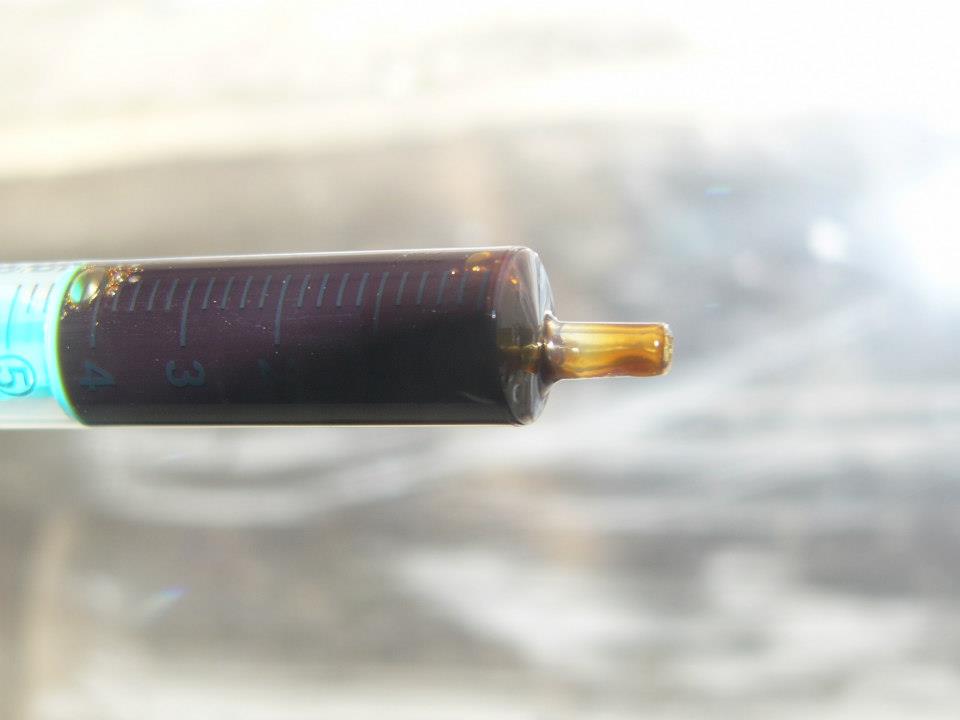
First, let’s explore what retains cancer cells alive, then we are going to return and review however the cannabinoids CBD (cannabidiol) and tetrahydrocannabinol (tetrahydrocannabinol) resolves cancer’s aliveness.
In each cell, there's a family of interconvertible sphingolipids that specifically manage the life and death of that cell. This profile of things is termed the “Sphingolipid variable resistor.” If endogenous ceramide(a signalling matter of sphingosine-1-phosphate) is high, then cell death (apoptosis) is imminent. If ceramide is low, the cell is robust in its vitality.
Very simply, when THC combines to the CB1 or CB2 cannabinoid receptor site on the cancer cell, it causes an extension in ceramide synthesis which drives cell death. A normal healthy cell doesn't manufacture ceramide within the presence of tetrahydrocannabinol, so isn't laid low with the cannabinoid.
The cancer cell dies, not because of cytotoxic chemicals, but because of a tiny little shift in the mitochondria. Within most cells, there's a organelle, numerous mitochondria (hundreds to thousands), and various other organelles in the cytoplasm. The purpose of the mitochondria is to provide energy (ATP) for cell use. As ceramide starts to accumulate, turning up the Sphingolipid variable resistor, it increases the mitochondrial membrane pore permeability to cytochrome c, a critical protein in energy synthesis. Cytochrome c is pushed out of the mitochondria, killing the supply of energy for the cell.
Ceramide also makes genotoxic stress in the cancer cell nucleus producing a protein called p53, whose job it is to disrupt calcium metabolism in the mitochondria. If this weren’t enough, ceramide disrupts the cellular cell organ, the cell’s systema alimentarium that gives nutrients for all cell functions. Ceramide, and different sphingolipids, actively inhibit pro-survival pathways in the cell leaving no possibility at all of cancer cell survival.
The key to the present method is that the accumulation of ceramide within the system. This means taking therapeutic amounts of CBD and tetrahydrocannabinol, steadily, over a period of time, keeping metabolic pressure on this cancer cell death pathway.
How did this pathway come to be? Why is it that the body will take an easy plant accelerator and use it for profound healing in many alternative physiological systems? This endocannabinoid system exists in all animal life, just waiting for its matched exocannabinoid activator. This is impressive. Our own endocannabinoid system covers all cells and nerves; it is the messenger of information flowing between our immune system and the central nervous system (CNS). It is chargeable for neuroprotection and micro-manages the system. This is the first system that maintains physiological condition.
Just out of curiosity, however will the work get done at the cellular level, and wherever will the body build the endocannabinoids? Here we tend to see that endocannabinoids have their origin in nerve cells right at the conjugation. When the body is compromised through unhealthiness or injury it calls insistently to the endocannabinoid system and directs the system to bring healing. If these homeostatic systems are weakened, it should be no surprise that exocannabinoids are therapeutic. It helps the body within the most natural method possible.
There ar a minimum of 2 varieties of cannabinoid receptor sites, CB1 (CNS) and CB2 (immune). In general, CB1 activates the system electronic messaging system, and CB2 activates the immune system, but it’s much more complex than this. Both THC and anandamide activate both receptor sites. Other cannabinoids activate one or the opposite receptor sites. Among the strains of Cannabis, Sativa tends toward the CB1 receptor, and indica tends toward CB2. So sativa is more neuroactive, and Indica is more immunoreactive. Another factor here is that sativa is dominated by THC cannabinoids, and Indica is predominately CBD (cannabidiol).
It is proverbial that tetrahydrocannabinol and CBD are biomimetic to anandamide, that is, the body can use both interchangeably. Thus, once stress, injury, or illness demand more from endogenous anandamide than can be produced by the body, its mimetic exocannabinoids are activated. If the strain is temporary, then the treatment can be transitory. If the demand is sustained, such as in cancer, then treatment needs to provide sustained pressure of the modulating agent on the homeostatic systems.
This temporary survey touches gently on some essential ideas. Mostly i might prefer to leave you with an appreciation that nature has designed the right medicine that matches precisely with our own system of receptors and signalling metabolites to provide a rapid and complete immune response for systemic integrity and metabolic homeostasis.
Disclaimer: the principles contained here is not designed nor meant to be a substitute for professional medical advice, it is only achieved for educational confidences only. You should recognise full responsibility for the way you decide on to use this info.
Tags: Cancer
hi
ReplyDeleteYes, CBD oil is good to fight with cancer cells. I have also read an article on endocannabinoid system which has good content with useful information.
ReplyDelete